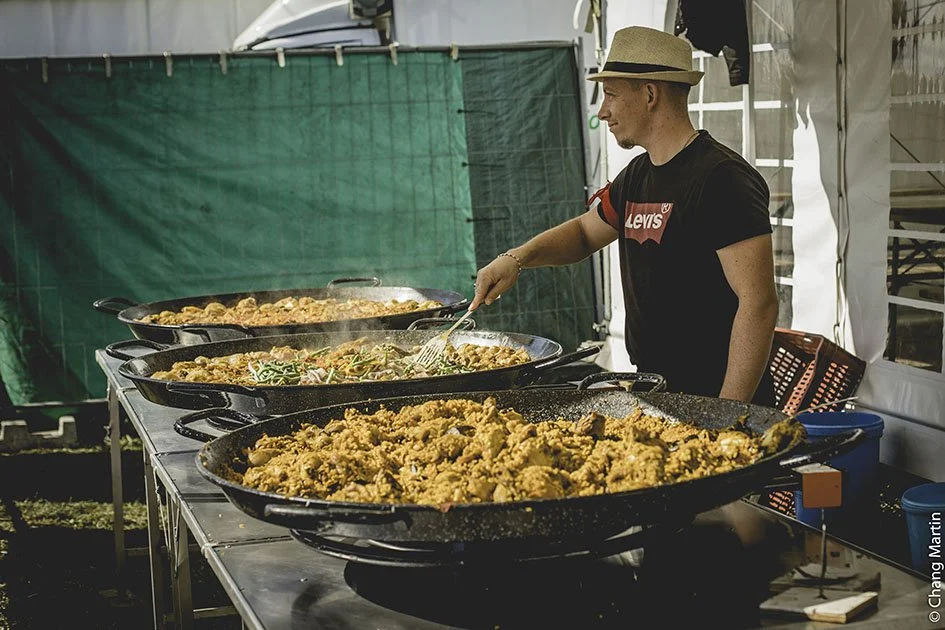the Tigrayan Conflict’s Re-Escalation and the Civilian Impact
After weeks of building tension, the five-month truce between the federal government of Ethiopia and the Tigray People’s Liberation Front (TPLF) was broken on August 24th, 2022. The almost 2-year-long conflict has left thousands dead and forced over two million people from their homes—and the war doesn’t look to end any time soon. With a full-scale humanitarian crisis already being felt across the north of the country and relief efforts hampered through government-enforced blockades, it is the innocent civilians on both sides of the conflict who are paying the price.
The history of violence in Ethiopia between the Tigrayans, the native people of the culturally and historically important region of Tigray region, and current Prime Minister Abiy Ahmed and his government is a long, tragic story.
The TPLF group was born in Tigray in the 1970s and fought a 15-year-long war against the then Marxist Ethiopian government, which was finally overthrown in 1991. The winning ruling coalition, led by the TPLF, dominated Ethiopian politics for almost the next thirty years amidst reports of acts of violence, repression and torture as part of its leadership. Eventually, the TPLF’s power began to weaken and in 2016 anti-government protests erupted, culminating in the election of Abiy Ahmed as Prime Minister in 2018.
Part of the Ethiopian People’s Revolutionary Democratic Front party, Ahmed quickly moved to sack top TPLF officials, arrest its generals and ease the dictatorship-like restrictions and practices. He strengthened ties with President Isaias Afwerki, leader of neighbouring country Eritrea, and signed a landmark peace deal in 2019, ending years of simmering tension between the two countries.
However, what is the source of these new Tigrayan hostilities? Under the rule of Afwerki, Eritrea had been a long-time rival of the TPLF, and the peace deal signed between the two countries did nothing to resolve the ongoing animosities over border disputes between Eritrea and the Tigray region.
Prime Minister Abiy Ahmed also went on to form his own party in 2019, the Prosperity Party, a combination of many existing Democratic parties within the Ethiopian government, which the TPLF, the former refused to join. Finally, in 2021, the TPLF was denounced as a terrorist organisation by the new Ethiopian government.
Eventually, these growing hostilities came to a head in November 2020 when TPLF forces attacked a federal military base in Tigray in a “pre-emptive strike” against the government forces who were allegedly preparing to attack the group in a neighbouring region. From this eruption of armed conflict in the Tigray region, the TPLF began fighting a guerrilla war against the Ethiopian government military forces until a truce was declared in March 2022. This conflict has so far already seen thousands dead, including civilians, with millions more displaced and in desperate need of international humanitarian aid in northern Ethiopia.
War crimes and human rights violations have been committed by both sides. Ethnic cleansing of native Ethiopian peoples, extrajudicial killings, intentional starvation and the use of sexual violence as a weapon has resulted in innocent civilians on either side of the conflict living in a perpetual state of terror and fear, all the while facing a potential famine and lacking the basic services which contribute to a decent standard of living.
In conjunction with these terrors, the civilian population of Tigray and surrounding regions of Amhara and Afar specifically are currently facing one of the world’s worst humanitarian crises. Abiy Ahmed’s government has imposed a road blockade into the Tigray area, meaning that less than 10% of the relief aid required has reached the region. All basic services for more than six million people in the region, such as electricity, banking, and telecom services, have been cut off by the government.
Thousands of vulnerable civilians, including children, are at risk of starvation and in desperate need of medical assistance. Deadly childhood diseases such as measles, tetanus and whooping cough are on the rise, as vaccination rates have fallen from over 90% before the war to under 10% now. This denial of healthcare access and other forms of aid further adds to the list of crimes against humanity brought about by the conflict.
So, what now?
The war has resumed at full scale since the breaking of the ceasefire on 24th August. Both the TPLF and the Ethiopian army have recruited and grown their ranks, with the TPLF heavily devoting time and resources to training and rearming its fighters. The information coming out of Ethiopia is severely limited, conflicted and unclear. Few aid workers have entered the restricted area of the blockade, and those who have are unable to report on the full scope of the war’s impact on the population within the Tigray region.
There appears no military solution to the conflict. With the breakdown of the truce and no clear end in sight for this war, one thing is certain: the innocent civilians are the ones left to suffer the most.
Image courtesy of Becker1999 via Wikimedia, ©2021, some rights reserved.
The views and opinions expressed in this article are those of the author and do not necessarily reflect those of the wider St. Andrews Foreign Affairs Review team.



